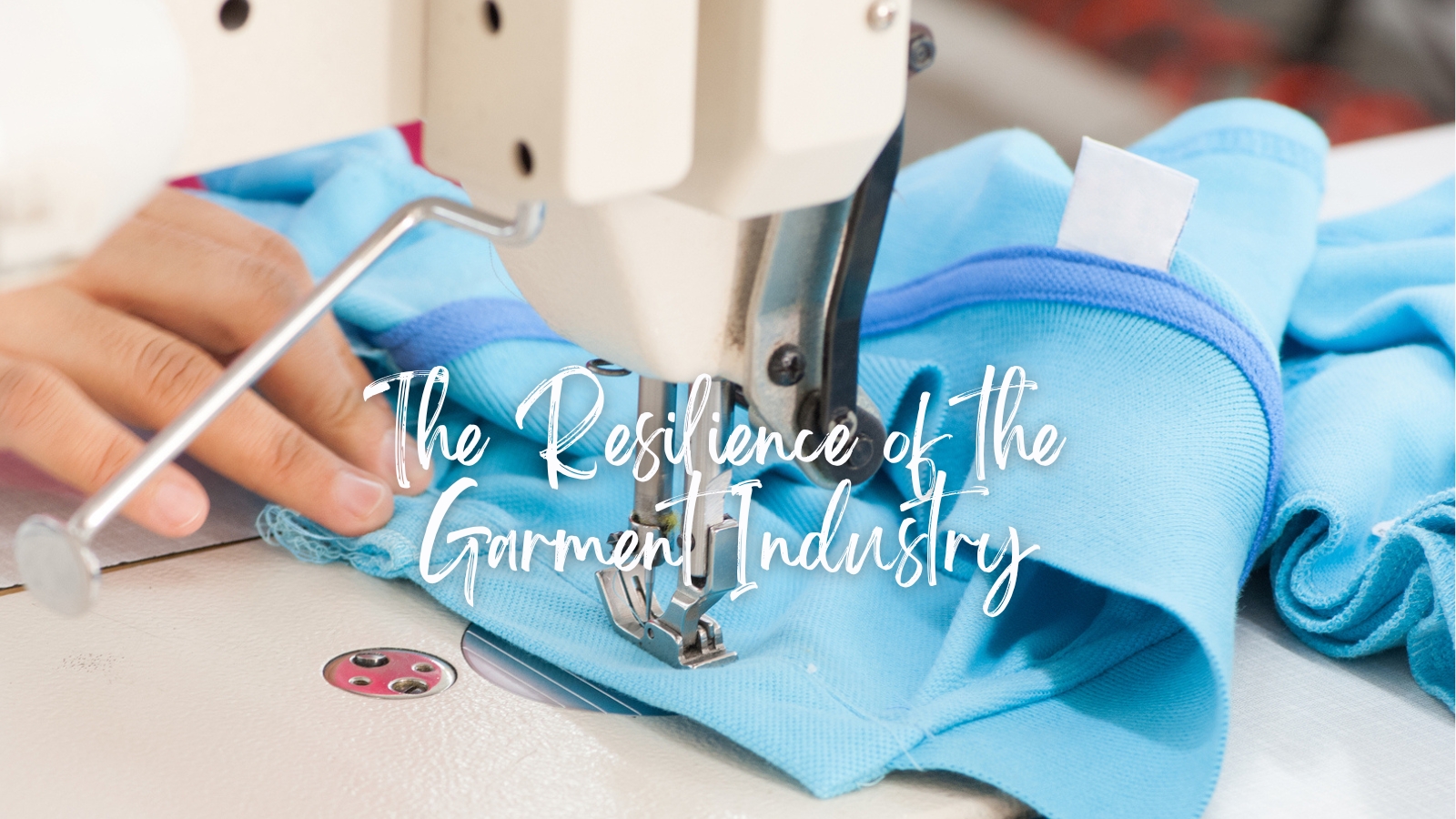The Resilience of the Garment Industry

Since the Industrial Revolution began nearly three centuries ago, the garment industry has undergone radical changes, such as the shift from handmade to machine-derived garments. Throughout this time, there have been many initiatives that have helped shaped the garment industry into what it is today, highlighting its resiliency and ability to pivot alongside drastic societal, environmental, and economic changes.
Now, in the 2020s, the garment industry has emerged stronger than ever before. Fashion remains one of the biggest industries in the world, valued at $1.7 trillion, and is only looking to boom further as post-Covid shutdown shopping ramps up.
Henry Ma, CEO of Ricoma – a leading manufacturer of embroidery machines and custom apparel decorating equipment, has seen the shifts in the garment industry firsthand.. Since the company was founded nearly 25 years ago, the landscape of the apparel customization industry has completely changed. And at every turn, Ricoma has lead the way with techonological innovation and people-first buisness strategies. . “It feels good being at the forefront of change,” says Ma.
Contents
ToggleA time of sustainable innovations
One of the most noticeable shifts within the garment industry has been the recognition of adverse environmental impact and the changes needed to rectify it. According to a study by Business Insider, fashion production alone contributes to up to 10% of global carbon emissions, and showed that 85% percent of all textiles end up in landfills each year.
In order to remain competitive in an environment where people are clamoring for sustainability, it’s imperative that companies acknowledge their role in the negative impact and make mitigation a part of their day-to-day business operations, as Ricoma has. There have been a number of innovations within the garment industry that have helped to move the needle towards more sustainability and earth-friendly production.
One innovation of note is alternative fibers and recycling garments. With Ricoma’s state-of-the-art embroidery machines, anyone can start their own businesses using thrifted garments, helping to keep clothing and other textiles out of landfills.
“Ever-changing market conditions will force your business to evolve. Humans and technology are constantly changing,” Ma explains. “Taking an adaptable approach to your business model will allow you to keep a competitive edge and survive when competitors don’t adapt to the changing environment.”
Tech keeps things moving forward
Technology played an unignorable role in revamping the garment industry throughout the Industrial Revolution and beyond. For one, consumers no longer have to wait for garments to be handmade, and many garments could be manufactured at a time.
Over the years, technological advancements have continued emerging, reshaping the industry landscape with each innovation. Beyond the machines that manufacture garments themselves, the online revolution has likely had the most significant impact on the industry as a whole.
“While it was already happening, the pandemic accelerated many businesses’ transition to online storefronts,” Ma says. “The shift to online shopping for anything from groceries to electronics is now something any business must adapt to if they want to stay in operation and ahead of the competition.”
The resilience of the garment industry can be attributed to the ability of companies like Ricoma to pivot and provide for the ever changing needs of its cusomters.
“There are other companies producing comparable equipment to ours and selling them direct to consumers, but we still beat them out in competition. How? Because of the value we are adding to our products,” Ma told Medium.
As new tech, new pushes towards sustainability, and added value continue to emerge within the industry, the industry will respond by continuing to prove it is resilient as ever.
Recommended For You
A Few Simple Tips for Hiring New Apprentices
Most Inside
Most Inside offers high-quality recommendations and valuable updates to enhance all aspects of your life, providing premium guidance and enriching experiences.




